As parents and caregivers, there are countless decisions to make regarding a child’s health and development. One such decision is the appropriate time for kids to start wearing shoes. The world of children’s footwear can be overwhelming, with a multitude of styles, purposes, and recommendations. In this comprehensive guide, we will explore the right time for kids to start wearing shoes, factors to consider, the different types of footwear available, and tips on selecting the best shoes for your little ones.
Understanding Foot Development
To make informed decisions regarding when to put shoes on your child, it’s essential to understand foot development. A newborn’s feet are primarily soft and flexible, allowing them to adapt to various surfaces. According to [The American Academy of Pediatrics](https://www.aap.org) (no follow), it is recommended that infants spend as much time as possible barefoot to allow their feet to grow and develop naturally.
Stages of Foot Development
Foot development occurs in several stages as children grow. Here’s a closer look:
- Infancy (0-12 months): At this stage, babies are learning to crawl and eventually walk. It’s best to keep them barefoot indoors to strengthen their foot muscles.
- Toddlers (1-3 years): As toddlers begin to walk independently, they’ll need shoes for outdoor protection and support. Soft-soled shoes are ideal for this age.
- Preschool (3-5 years): Kids become more adventurous and will need shoes that provide stability and flexibility for running and playing.
When Should Kids Start Wearing Shoes?
The Ideal Timeframe
Most experts agree that infants do not need shoes until they start walking outside, which typically occurs between 10 to 18 months. However, it’s important to note that shoe requirements may vary based on individual development and environmental factors.
In-Home vs. Out-of-Home Footwear
While indoors, children can benefit from the sensory experience of being barefoot. This helps them develop balance and coordination. When stepping outside, it is important to protect their delicate feet with appropriate footwear. The American Orthopaedic Foot & Ankle Society mentions using children’s shoes that fit properly, which is crucial during this time.
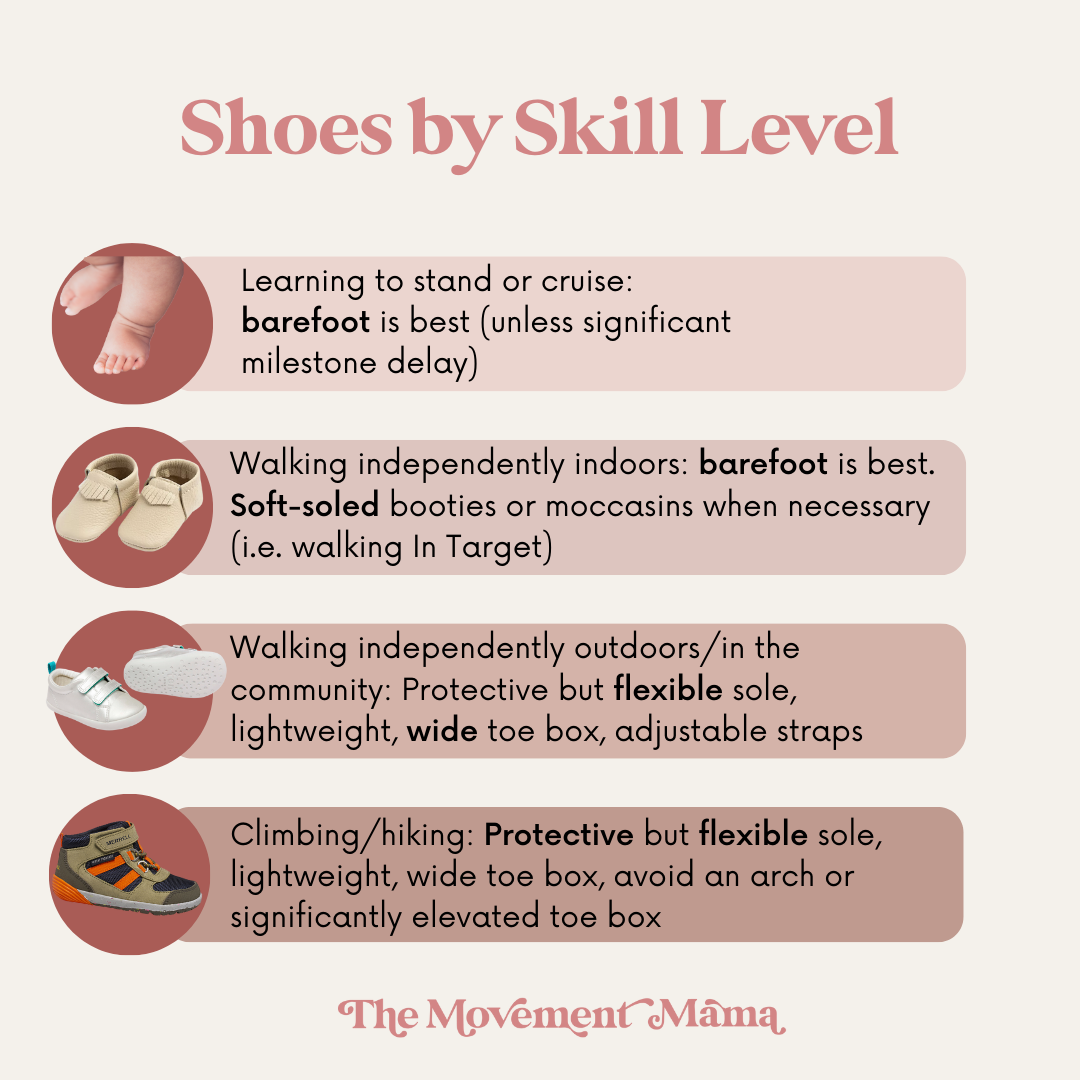
Types of Footwear for Children
Choosing the right type of footwear can be a game-changer in your child’s walking journey. Here’s a breakdown of various footwear options available for different stages:

Soft-Sole Shoes
Soft-soled shoes are ideal for infants and early walkers. They are lightweight and flexible, allowing babies to feel the ground while providing some protection against rough surfaces.
First Walking Shoes
Once your child begins to walk confidently outside, consider purchasing their first pair of walking shoes. These shoes should offer more support and protection than soft-soled versions.
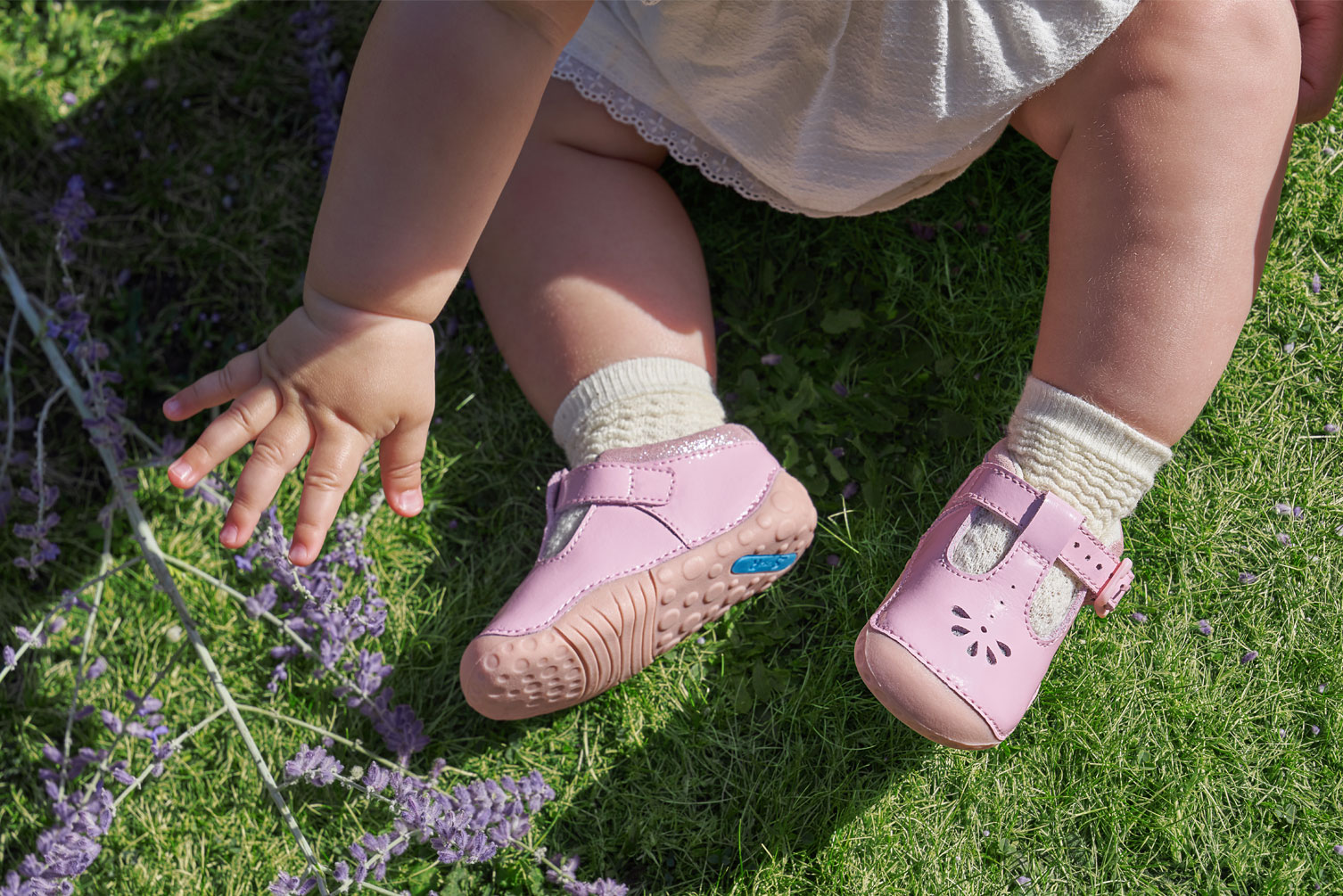
What to Look For:
- Lightweight materials
- Flexibility in the sole
- Good grip and traction
Pre-School Shoes
As kids grow older and more active, they’ll need shoes designed for running, jumping, and playing. These shoes should offer a balance of support and flexibility.
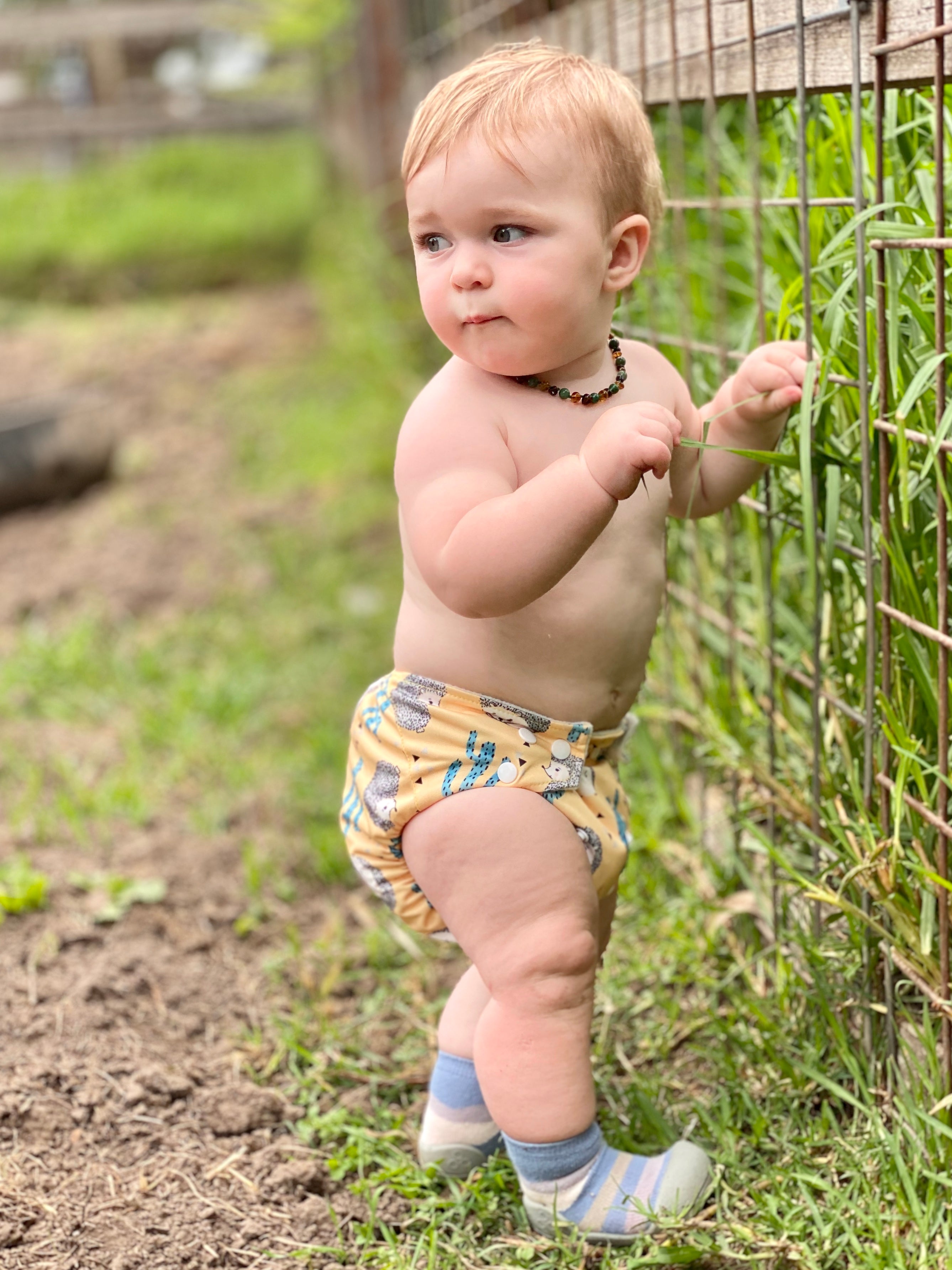
Recommended Features:
- Breathable materials
- Padding around the ankle
- Wide toe box for comfort
Real-World Footwear Experiences

Case Study: The Importance of Proper Fit
Consider the experience of a family from Seattle, who purchased shoes for their toddler without measuring their feet. The shoes appeared to fit, but after a few weeks, the child began complaining of discomfort. A follow-up fitting revealed that the shoes were two sizes too small. This situation illustrates the importance of regularly checking the fit of a child’s shoes, as their feet can grow rapidly.
Contrast with Proper Planning
Conversely, another family invested time in measurements and chose shoes specifically designed for growing feet. Their child experienced no discomfort and was able to run and play freely without restrictions. Regular check-ups at a shoe store that specializes in children’s footwear were a vital part of this success story.
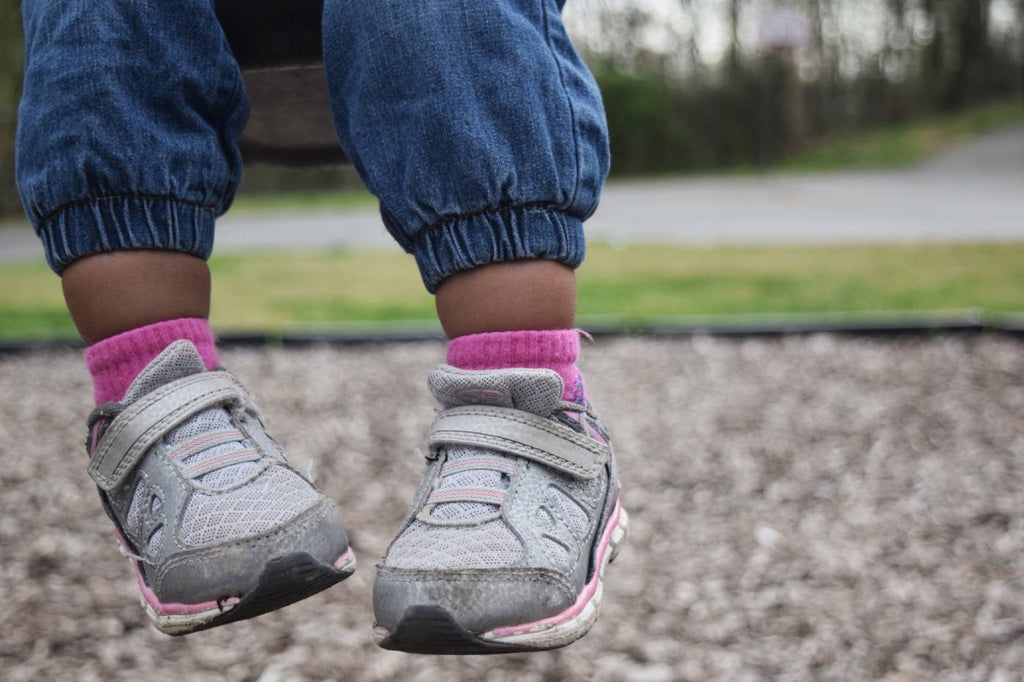
Tips for Choosing the Right Shoes
Measuring Your Child’s Feet
Regular foot measurements are crucial. Use a Brannock device or visit a reputable shoe store to find the correct size. Remember that size can vary between brands.
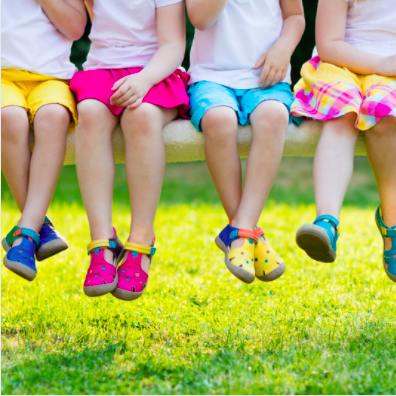
Consider the Environment
Think about where your child will be wearing the shoes. Will they be playing in a park, walking on pavement, or inside? Different activities require different types of footwear. Referencing information from the [American Academy of Pediatrics](https://www.aap.org/en-us/Pages/Default.aspx) can guide you in making informed choices (no follow).
Quality Over Quantity
Investing in quality shoes can be more economical in the long run. Look for brands that prioritize foot health and safety. Also, keep an eye on sales and promotions to stock up on footwear.
Comparison Table: Footwear Options for Kids
| Footwear Type | Recommended Age | Features | Pros | Cons |
|---|---|---|---|---|
| Soft-Sole Shoes | 0-1 year | Flexible, lightweight | Promotes natural foot development | Limited protection outdoors |
| First Walking Shoes | 1-3 years | Supportive, stable | Offers protection and comfort | May restrict flexibility if too stiff |
| Pre-School Shoes | 3-5 years | Durable, supportive | Good for active play | Can be expensive |
Pros and Cons of Early Shoe Wearing
Pros
- Protection from injuries and rough surfaces
- Support for growing feet
- Enhanced stability for walking
Cons
- Can restrict natural foot development if worn too early
- Cost of high-quality footwear may add up
- Some shoes can lead to discomfort if not properly fitted
FAQs About Kids’ Footwear
1. How do I know when my child is ready for shoes?
Look for signs of independent walking outside. If your child is walking confidently and exploring new surfaces, it’s time to invest in shoes.
2. Can my baby wear shoes before they start walking?
While it’s generally not necessary, soft-soled shoes can be used for warmth and protection when outside. Just remember that more time spent barefoot can be beneficial for foot development.
3. What size shoe should I buy for my child?
It’s important to measure your child’s feet regularly. Always opt for shoes that have about a thumb’s width of space between the toe and the end of the shoe.
4. Is it okay for kids to wear shoes that are slightly too big?
While it’s better for shoes to be a little big rather than too small, excessively large shoes can lead to tripping and instability while walking.
5. Should I buy expensive shoes for my child?
Investing in quality shoes is often worth it as they provide better support and durability. Look for sales on reputable brands to make it more affordable.
6. How often should I replace my child’s shoes?
Regular foot growth can mean needing new shoes every 2-3 months for younger children. Monitor the fit closely and replace them once they become tight.
7. Can wearing the wrong shoes affect my child’s walking?
Yes, wearing ill-fitting shoes can lead to discomfort and even cause long-term foot issues. Always prioritize proper fit and support.
8. What activities should I consider when buying shoes for my child?
Consider the activities your child engages in most. If they’re active and outdoors often, seek out durable, supportive shoes suited for running and playing.
9. Are there any specific brands recommended for children’s shoes?
Some reputable brands include Stride Rite, New Balance, and Crocs. Always check customer reviews and ratings for insights on specific models.
Conclusion
Choosing the right time for your child to start wearing shoes involves understanding their developmental needs. Prioritize their comfort, foot health, and the activities they partake in. With the right guidance, you can ensure that your child’s footwear supports them as they grow and explore the world around them. Remember to embrace their journey, keep an eye on their foot development, and enjoy watching them take those precious first steps!
Additional Resources
For further reading and research, consider checking these resources: